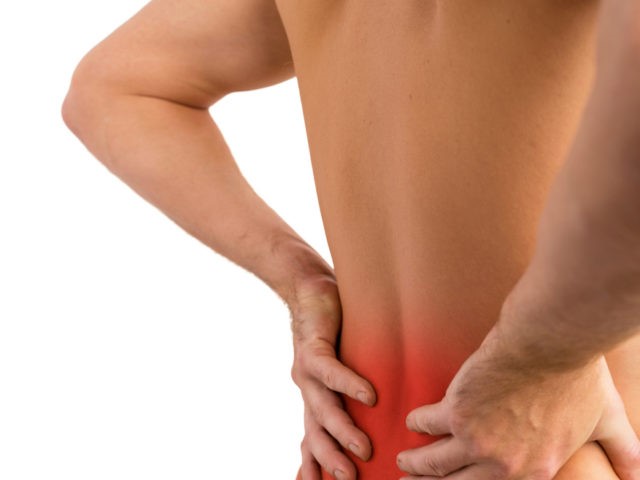
Persistent Discomfort
When I was 9 years old my daddy suffered a “nervous breakdown”, whatever that was. The term is no more in style. Also vague. He was sick in every part of his body. When one component recovered one more part pain. He assumed he was passing away.
We moved from the city to a national farm. We really did not have a telephone because he couldn’t stand the ringing of a phone. His medical professional lastly told him he was required to see a psychiatrist. That stunned him into reading everything he might to recover himself. It took him 7 years.
Throughout that hard time, my mom suffered persistent back pain.
I suffered chronic shoulder pain eased by daily use a Chi device up until I had actually both shoulders changed.
I make certain you understand someone who endures chronic pain. It’s no enjoyable.
Right here are excerpts from a fascinating lecture offered at the 14th annual conference of the American association of Orthopaedic Medication, Tempe Arizona Feb. 21, 1997
The title:
Mental Factors in Persistent Pain: An Intro to Psychosomatic Discomfort Administration by Dr. Dietrich Klinghardt, M.D., PhD
“Many discomforts dealing with medical professionals have an unclear idea, that there might be a psychological component contributing to the seriousness of chronic pain. The International Organization for the Study of Pain defined pain as ‘an unpleasant sensory as well as emotional experience connected with the actual or potential cells damage’.
“The well-valued British neurologist and also researcher Barry Wyke demonstrated, that the neurological signal from an unpleasant stimulation takes a trip from the receptors in the periphery to the thalamus, where the message is split: one pathway goes up to the sensory cortex, informing the patient where the discomfort is and what specific feeling it creates (cozy, pulling, pressing, etc.). The other path most likely to the frontal wattle, which is now accepted as being partly part of the limbic system. The excitement of this location offers the individual the psychological experience that accompanies having pain (” it makes me ill, hopeless … I really feel awful … I am afraid. etc).

“People, that had their frontal wattles gotten rid of, can still tell discomfort, but there is no suffering whatsoever that accompanies the experience. It is actually the “mental” element, that has actually made persistent pain the interest it is given up modern medication. Why then are we not concentrating our attention on routes in which we can aid individuals in this field? Why are a lot of us still attempting to “deal with” pain with all the intrusive procedural approaches available today? Why not create a mental intervention, that deals with the psychological part of persistent pain and leave the rest alone?
“One of the main factors I discovered for this issue can be explained quite merely: Medicine is a scientific research, that has clearly come into it’s their adult years. Numerous risk-free shot procedures and also other technological strategies are readily available today. These are teachable, learnable, and also reproducible. Psychology however is a young science with many diverting viewpoints, each checking out different character versions, being based on frequently contradictory viewpoints.
“In 1992 the San Francisco Spine Institute published a paper in Spinal Column Publication. 100 grownups with MRI-tested extreme back disc herniations were preoperatively spoken with relating to five possible terrible situations in their corresponding youth:
1. Physical misuse
2. Sexual assault
3. Psychological neglect/ desertion
4. Loss of one or both parents (divorce, fatality etc.).
5. drug abuse at home (alcohol, prescription medicines etc).
The clients were appointed to 3 various groups:.
1. None of these threat factors.
2. One or two risk factors.
3. Three or more.
The long-term postoperative success was as follows:
1. 95% superb enhancement.
2. 73% improvement.
3. 15% renovation.
What does this indicate? The result of surgery and postoperative discomfort has little to do with the procedure itself yet mostly depends upon factors that date back to the childhood years of the individual. It can be quickly extrapolated from this study, that the same is true for many or every one of the various other treatments used for hurting management, including osteopathic manipulation, prolotherapy, and others.
A follow-up research demonstrated, that short targeted psychotherapy that deals with these details issues, can improve the postsurgical results significantly in groups B and C. Pelletier revealed, that individuals, that had a” serious” childhood, yet grew with the process of good psychiatric therapy, wound up having a higher life-expectancy than individuals, that had a “satisfied” youth. Start exploring now in this link for more tips on pain management.
